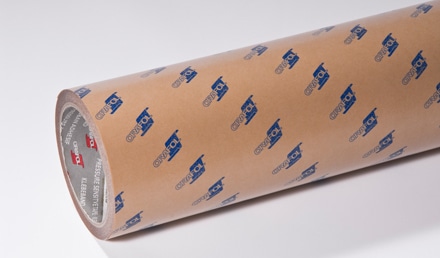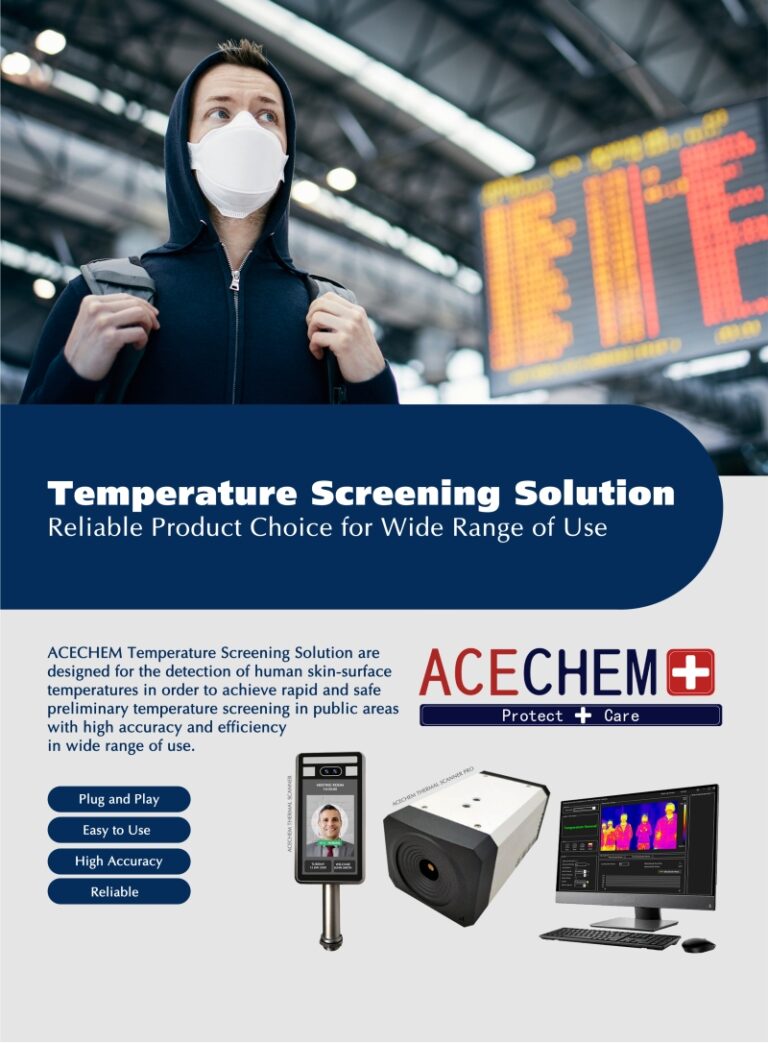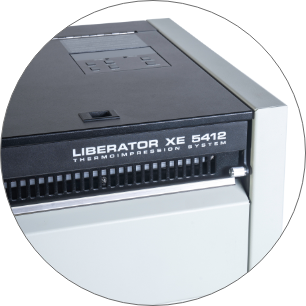

#Exile thermal scanner pro skin#
So setting for a different area of skin will be different. For example, the forehead will be 1-2F less than the core body and 1-4F less than Fist. Also, different areas of the skins differ from the Core body by a constant amount. The Best ambient is always 20-30C ( 70-90F) or indoor ambient. Skin temperature rises with Core body temperature rise only if the skin is not exposed to extreme hot or cold ambient. Fever is defined as a rise in core body temperature.No, but please do remember the following basics Always calibrate the non-contact thermometer with a NIST traceable standard blackbody radiator for better reading.ĭo I need to be a trained thermographer to the temperature screen?.Beyond this range, reading will be unreliable due to a bad signal to noise ratio
 Reading will be consistent and good if the sensor is within 4-6 inches. However, since Fever screening devices are used mostly to screen the people who are walking from the parking lot to a nearby reception area, the best area of the skin to scan is the middle of the forearm since that is normally covered during winter. Since blood carries the heat from the body to the skin. Skins below which there are arteries (better blood circulation) are the closest to core body temperature and therefore are more preferred areas for scanning. But if a person is exposed to windchill and forehead/fists are not covered, then this difference between skin and forehead can exceed more than 10F. For example, the forehead will be 1-2F less than the core body while for the fist, the difference is slightly larger ~ 1-4F. The best ambient to scan is always between 20C and 30C ( 70-90F) or indoor ambient. Skin temperature rises with increasing Core body temperature only if the skin is not exposed to extreme hot or cold ambient. Fever is defined as a rise in core body temperature above 100.4F. IR thermometer scans radiation from the exposed area of the skin it can be the forehead, teardrop, fist, wrist, etc. There are six basic rules to remember while you are trying to use a non-contact IR thermometer Without proper guidance, a non-contact thermometer may produce a false reading. The use of an infrared scanner can be highly tricky and requires a few fundamental knowhows of how IR non-contact thermometer works.
Reading will be consistent and good if the sensor is within 4-6 inches. However, since Fever screening devices are used mostly to screen the people who are walking from the parking lot to a nearby reception area, the best area of the skin to scan is the middle of the forearm since that is normally covered during winter. Since blood carries the heat from the body to the skin. Skins below which there are arteries (better blood circulation) are the closest to core body temperature and therefore are more preferred areas for scanning. But if a person is exposed to windchill and forehead/fists are not covered, then this difference between skin and forehead can exceed more than 10F. For example, the forehead will be 1-2F less than the core body while for the fist, the difference is slightly larger ~ 1-4F. The best ambient to scan is always between 20C and 30C ( 70-90F) or indoor ambient. Skin temperature rises with increasing Core body temperature only if the skin is not exposed to extreme hot or cold ambient. Fever is defined as a rise in core body temperature above 100.4F. IR thermometer scans radiation from the exposed area of the skin it can be the forehead, teardrop, fist, wrist, etc. There are six basic rules to remember while you are trying to use a non-contact IR thermometer Without proper guidance, a non-contact thermometer may produce a false reading. The use of an infrared scanner can be highly tricky and requires a few fundamental knowhows of how IR non-contact thermometer works. 
How do I use a non-contact infrared scanner?







 0 kommentar(er)
0 kommentar(er)
